|
First full day begins...
After breakfast, everyone gathered in the lounge. Before an important briefing by expedition leader Bud Lehnhausen, us Grosvenor Teacher Fellows were given a chance to introduce ourselves. When I addressed the guests, I explained the purpose of the GTF program and I made it clear "we are teachers, but we are here to learn." Bud delivered his briefing on Svalbard rules and regulations. Then, Lucio, the Assistant Expedition Leader, explained zodiac operations and the protocol for shore excursions. Naturalist Jason Kelley also shared information about Polar Bear Safety. The takeaway message: Bears will kill you; we do NOT want to see bears when we are on land, only from the ship! All the naturalist guides carry flares and a rifle as polar bear deterrents when they are leading groups of hikers. The ship was at the entrance of the southernmost fjord system along the west side of Spitsbergen known as Hornsund. The plan was to go ashore in the afternoon but the staff had to determine the best spot based on wind conditions and snowfall. We navigated the fjords and enjoyed the gorgeous scenery! Our first polar bear... Animals in the Arctic are quite spread out and, at all times in the bridge, naturalists and crew members are constantly scanning for wildlife. When Bud comes over the intercom and reports that a swimming polar bear has been spotted, the ship buzzes with excitement as people gather extra layers, binoculars, and cameras. We all scrambled to the deck to get a look at the ice bear/isbjørn (Ursus maritimus). The latin name translates to "sea bear" and the animal is actually classified as a marine mammal. Polar bears are excellent swimmers and swims of over 400 miles have been recorded. Unfortunately, due to climate change melting ice, longer swims might be becoming more common. We could just see the snout poking out of the surface but could imagine the large, paddle-like paws surging underwater and propelling it forward. We were able to see the bear in the water and then track it as it left the sea and walked along the shore. According to the naturalists, this bear was an older but underweight male and he was most likely quite hungry. This would be a very dangerous bear to encounter! At one point, the bear began eating seaweed that was piled on the beach. To see this large carnivorous bear foraging seaweed was quite a sad moment. Polar bears usually hunt seals from fast ice (sea ice attached to land), and there is no fast ice in Hornsund at this time of year. Observing this bear was witnessing a very tangible negative effect of climate change. Without ice from which to hunt, the ice bears go hungry. After lunch it was decided we would anchor and be able to take Zodiacs ashore for hiking. A good landing spot had been identified and naturalists scanned the area carefully to make sure no polar bears were present. Getting ready for an excursion is quite the ordeal! First, I had to put on a base layer of long underwear. Then, I add some thermal pants and a lightweight fleece shirt. Two pairs of thick socks for warmth. Next, I don a down parka and knee-high rubber boots. And I can't forget the accessories: a neck gaiter, hat, gloves, and shades! Our first landing... We were stoked about our first chance to hike on the tundra and explore life on land. Wearing all our layers and carrying cameras with fully-charged batteries, we boarded Zodiac boats that would carry us to to shore at Gnålodden. Our time ashore was amazing. We walked the rocky shoreline and took in the dramatic Hornsund scenery with Jason as our guide. Once we got up onto the green tundra, I felt the ground sponge beneath my feet. I knew that only the top layer was thawed and below it was the permanently frozen permafrost layer. Tiny, low-growing plants, lichen and moss were growing everywhere--even bare rock--and the purple saxifrage was in bloom! Ellen noticed that my purple parka was the same color of the flowers. An arctic fox (Vulpes lagopus) appeared before our group, and we were able to watch it start feeding on part of a bird carcass. I was surprised how mangy it looked-- its bright white coat was so patchy. Jason told me that it was in the process of losing its thick winter coat. We also got to stand at the bottom of the large seabird colony that Gnålodden is known for. The air at the top of the cliff was thick with black-legged kittiwakes and thick-billed murres and the noise coming from the birds was deafening. In fact, the noise is how the cliffs get there name: “gnål” means “nagging” in Norwegian. The Arctic fox is adapted to feed on birds during the summer, and he obviously had many a meal in his future!
The evening brought a lovely welcome reception hosted by Captain Kruess and, unfortunately, another sleepless night! Perhaps the midnight sun is upsetting my system. I can only imagine how much sleep I would get during the polar night in winter. All photographs by Cristina Veresan unless otherwise indicated.
Read the Lindblad Naturalist Daily Expedition Report (DER) for yesterday and today here.
4 Comments
Kahanui Higa
8/5/2014 11:27:31 am
how big was that polar bear that you saw?
Reply
Kainalu
8/5/2014 01:12:53 pm
Ms.V what other animals did you see there? or were the ones you listed the only ones you saw?
Reply
Arnold Han
8/5/2014 04:03:16 pm
wait! miss V you mean there is sun in the midnight?
Reply
Leave a Reply. |
AuthorThis blog contains occasional dispatches from my science classroom and professional learning experiences. Thank you for reading! Archives
December 2021
|
|
Cristina Veresan
Science Educator |
Proudly powered by Weebly
|
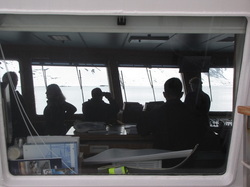
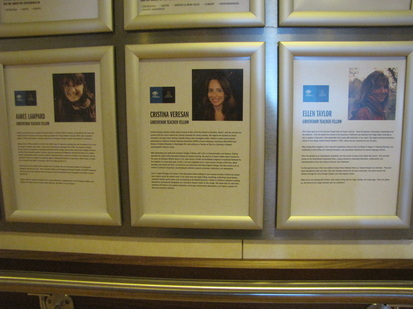
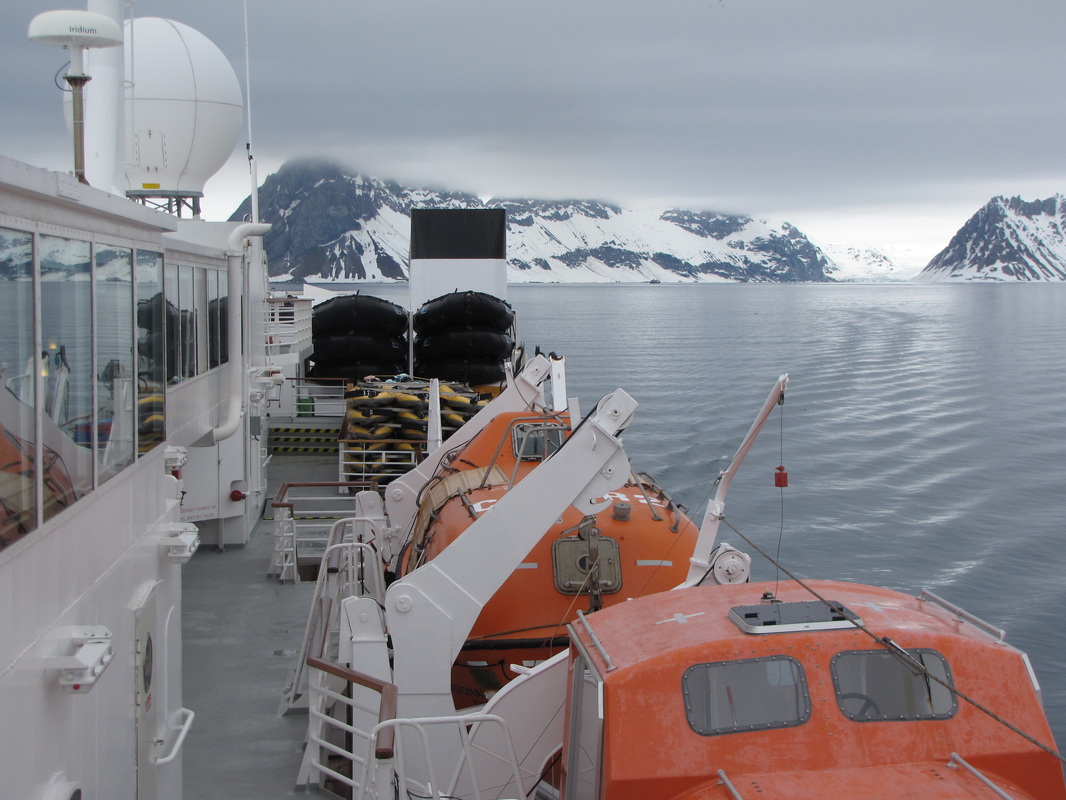
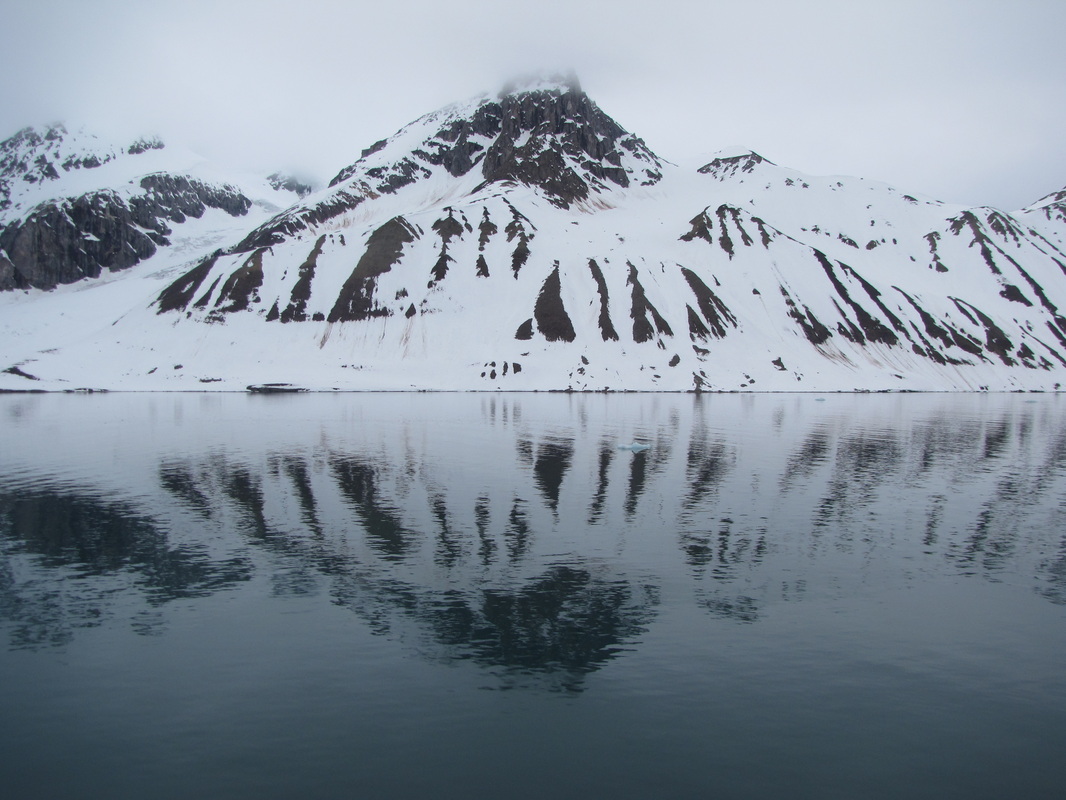
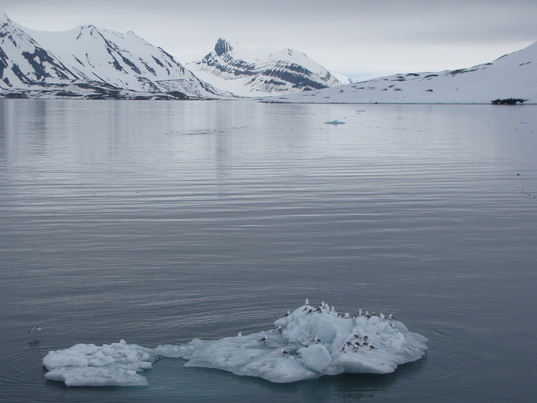
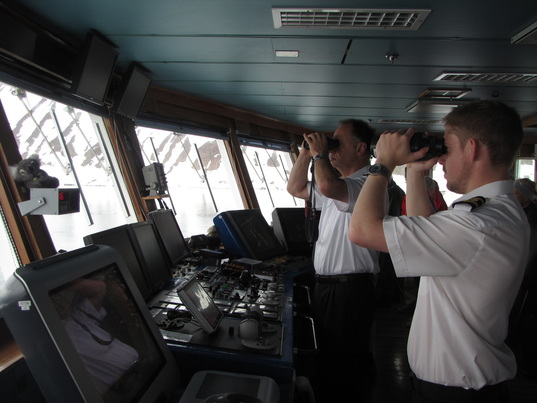
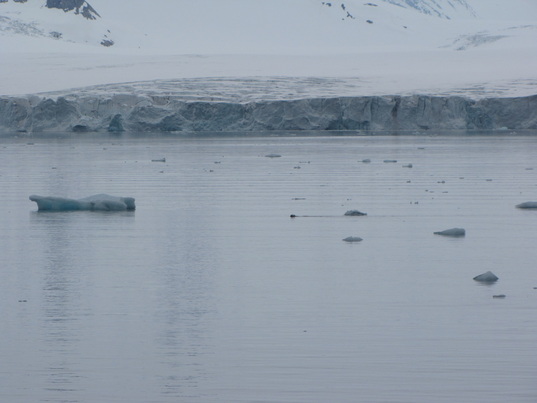
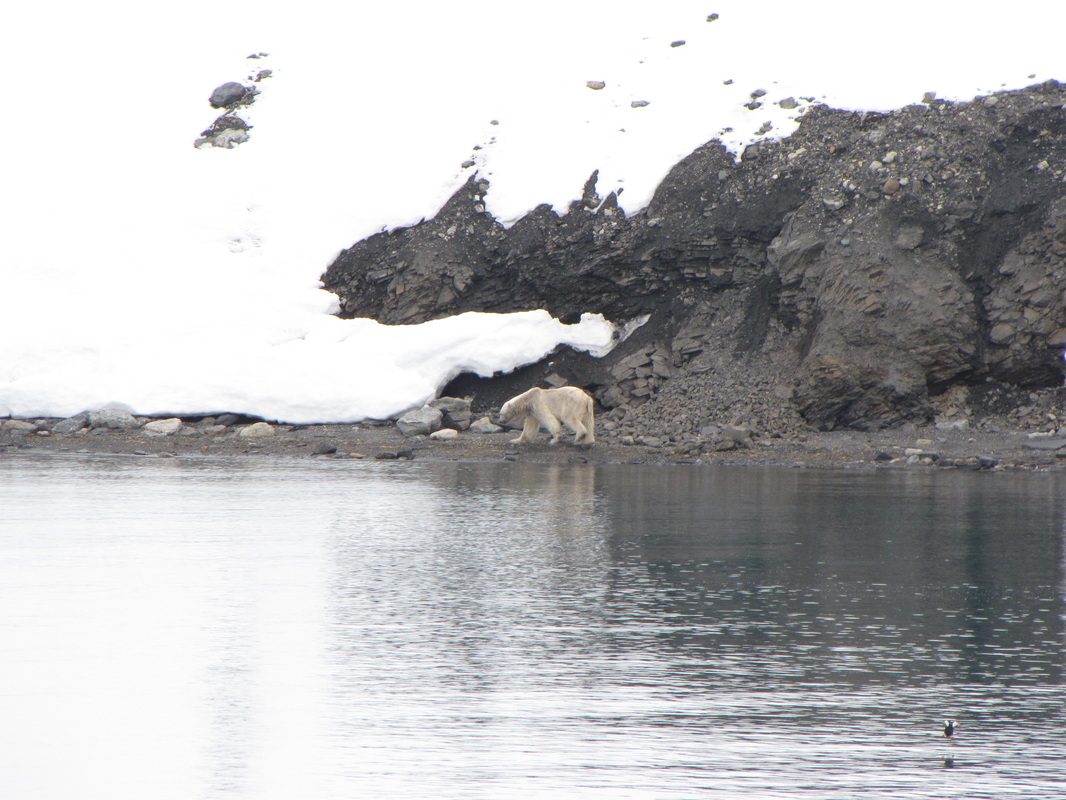
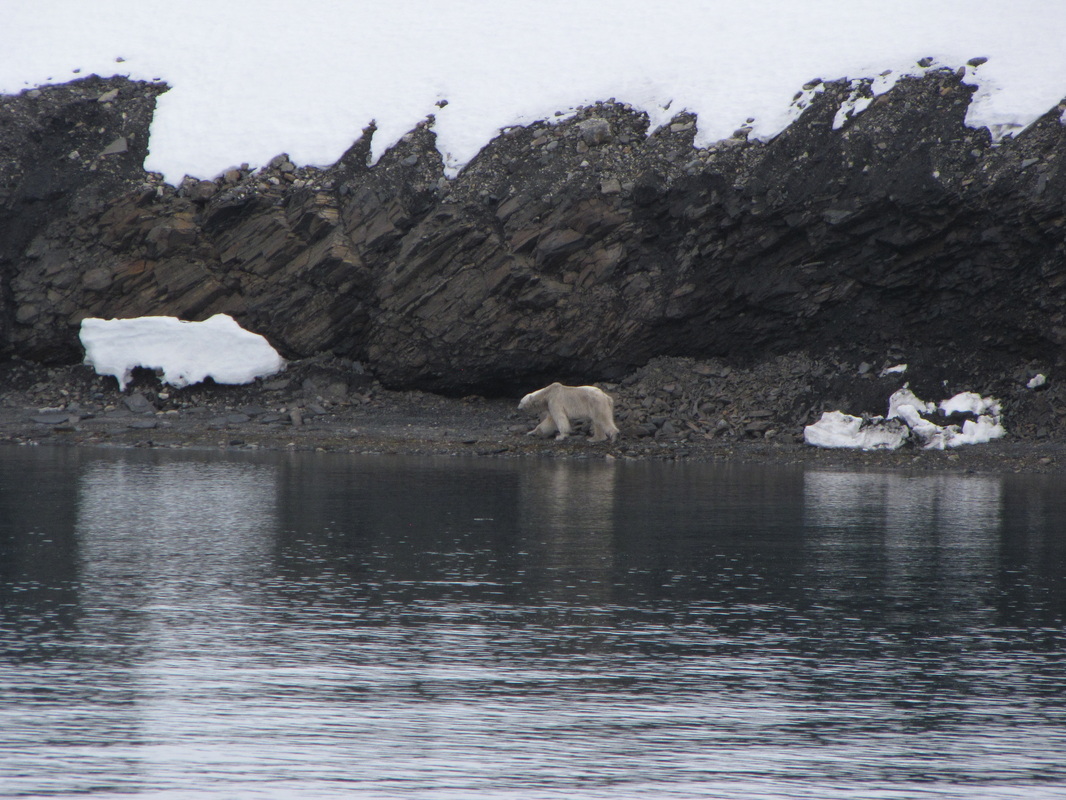
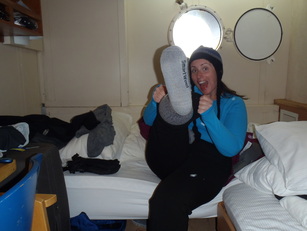
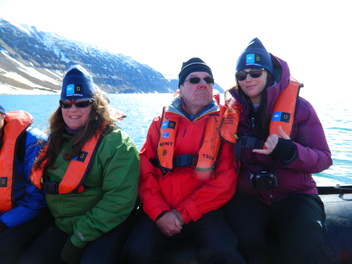
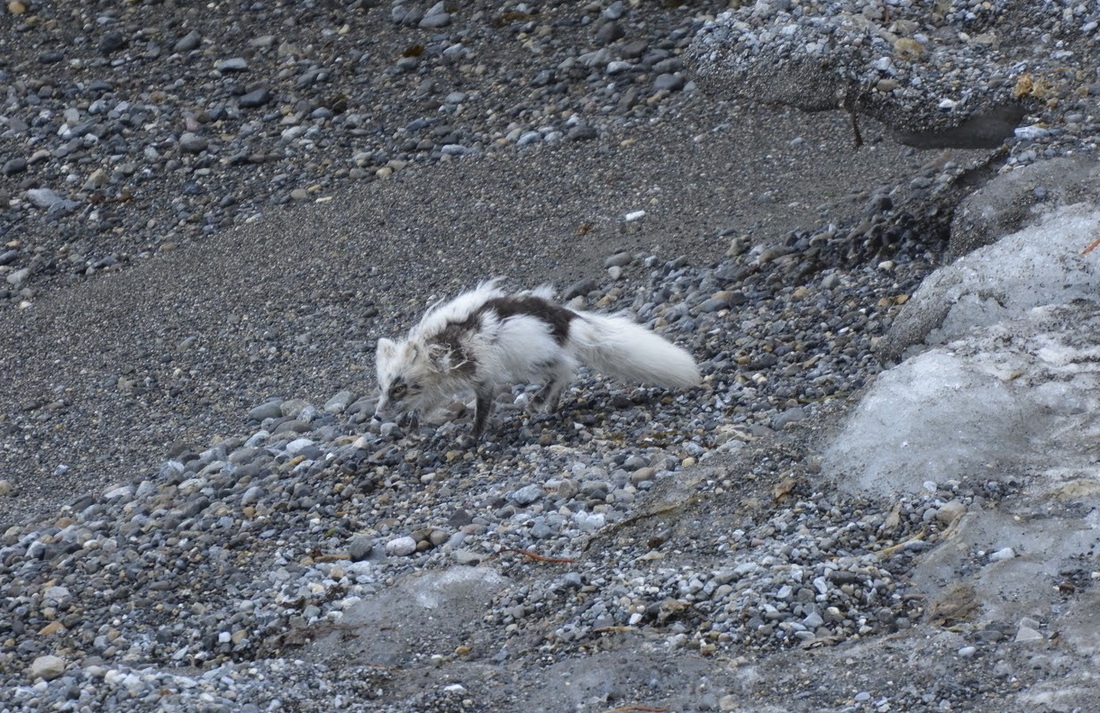
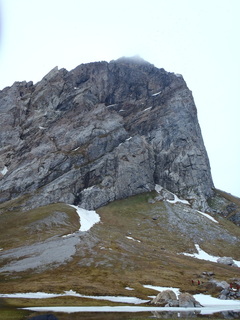
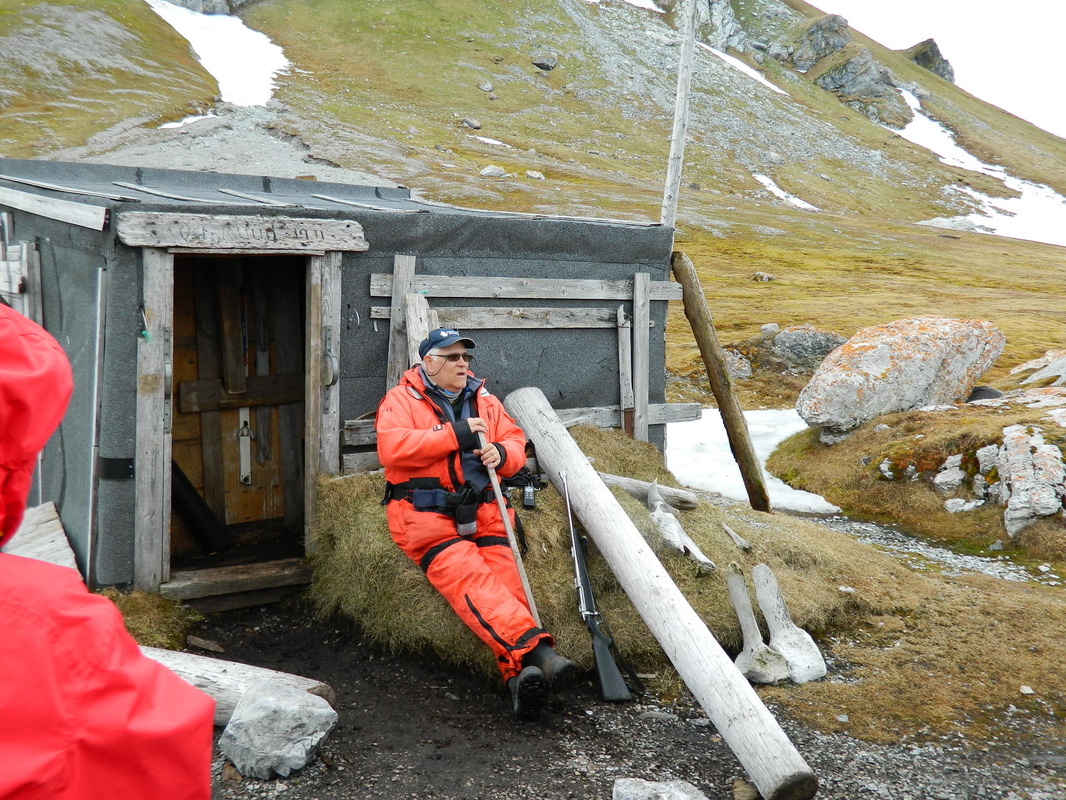
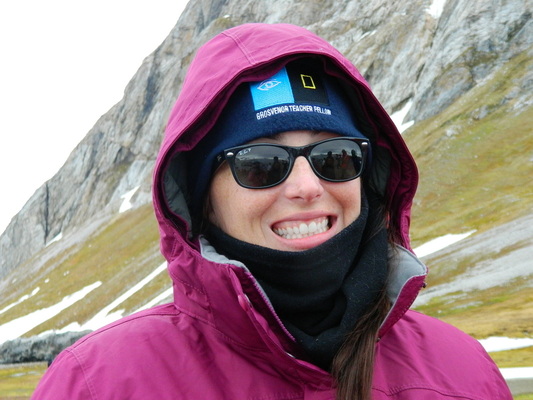
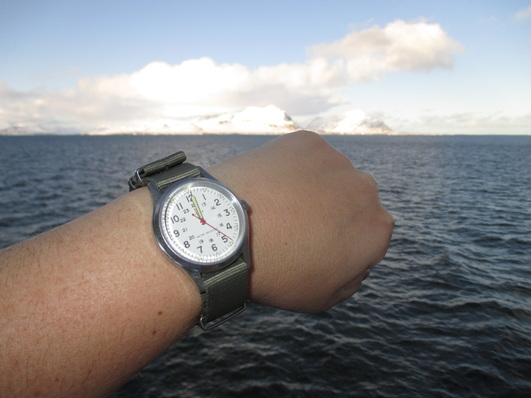
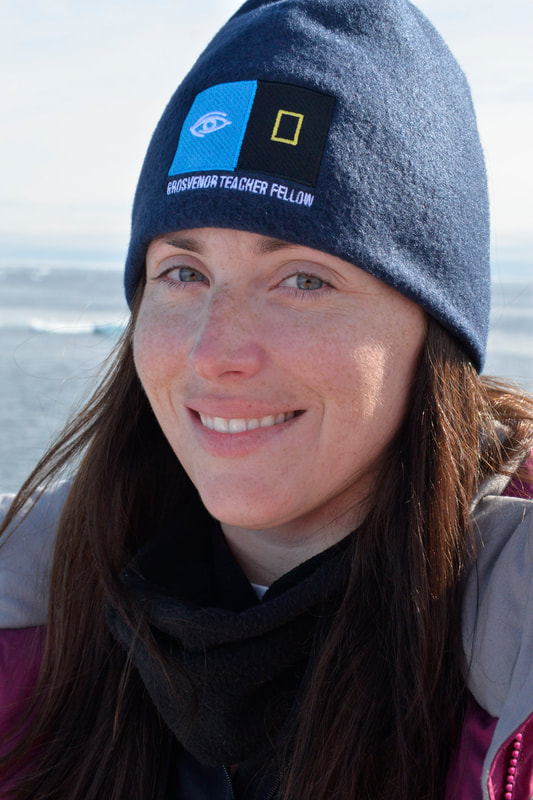
 RSS Feed
RSS Feed